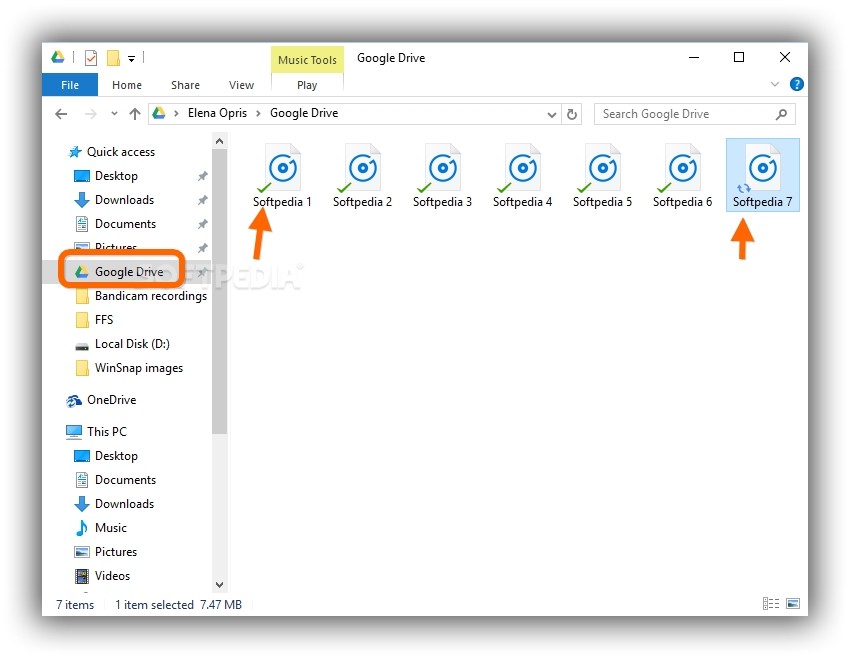

Here's how you can organize your email, photos, notes, and files with tags. Now that you've got a tag system, let's put it to work. This list helps jog my memory if I ever forget a tag plus, I can periodically look it over to find and delete tags I didn’t end up needing. I use an Evernote note to keep track of all my tags. Once you’ve come up with 10-plus tags, it’s a good idea to create a master list. If you find yourself going over that limit, it may make more sense to create two separate tags-for example, rather than tagging something as "Q1 expense report," you could tag it as "Q1" and "expense report." For instance, will you use singular or plural terms ("report" versus "reports"?) Which word type will you use: nouns, adjectives, verbs, or a combination of the three? Are you going to capitalize tags or leave them lowercase? Will you incorporate symbols and characters? The more standardized your system is, the easier it’ll be to find files.Īs a rule of thumb, keep your tags to two words or less. Being able to sort my inbox into these categories helps me stay on top of things. I tag (or label) my emails as "Answer," "Done," "Pending," and "Ignore," for example. If dates tend to be important to your work, you should also create tags for the month, year, or quarter (depending on what makes the most sense).įinally, consider making tags for the status of your files. If you’re making a tag system for your spreadsheets, your high-level tags might be "budget," "schedule," "estimate," "invoice," and "Gantt charts." Or, if you're building a system for documents, you could add tags for "reports," "blog posts," "letters," and so forth. A bookstore, for instance, creates separate spaces for books depending on their genre: mystery, romance, historical fiction, and so on. These types of tags divide your content into the most general categories possible, which usually means by type. Your first step: Figure out your high-level tags. Luckily, you can avoid these issues by establishing a system. It’s easy to spend fifteen extra minutes adding a ton of tags every time you save a new file-and it’s also easy to create so many different tags that you completely forget which ones you’ve used. Of course, the flexibility and unlimited nature of tags can be dangerous.
Put pixave in google drive how to#
Here's how to best organize your files and folders. Related: Folders are still essential, however. They're perhaps your most flexible tool for organizing your files. Tags are the simplest way to add data to files, and organize them without endless layers of folders. If you’d saved the photo to an "Uncategorized" folder, on the other hand, you’d have to go through the tedious process of finding it and moving it. You can quickly tag it as "uncategorized" or "Inbox." Then when you have time, you can pull up all your photos with that tag and properly tag them. Imagine you’ve downloaded a photo, but you don’t have time to categorize it. Tags are also far more flexible than folders. You could tag the schedule with both the project’s name and the client’s name, then save the file just in the project's folder. Tags, on the other hand, are perfect for adding category data like this, since you can add as many tags as you want to a file. With folders, you'd have to pick one folder (or duplicate the file, which could cause issues). Say you've made a project schedule for a repeat client, and you want to save it in the specific project folder and to the client’s main folder. Think of them like characteristics for a person: Just like you’d describe someone as "tall," "funny," "brunette," and so on, you’d tag a file "important," "tax info," "just for fun," or "work."īut why use tags, when you could just use folders?Ī file can only be in one folder at a time-but it could have an unlimited number of tags. Tags are perhaps the most flexible tools for organizing your files Then, we’ll dive into using tags for your emails, photos, notes, and files, and glance at the benefits of using tags alongside folders. Let's explore why tagging is so useful, and how to set up your own tag system. For instance, if you’d tagged each of your vacation photos "Australia," "vacation," "travel," and "2015," you’d be able to find them by selecting any or all of those terms in your photos app. With a couple of tags, you can instantly categorize and label files for hassle-free searches down the road, and then find all of those files again easily no matter where you save them.

Tags (or labels in some apps) can eliminate these exasperating and time-consuming mental exercises. What would I have called that report I wrote in August 2012?!? Where would I have saved those pictures from Australia?!? you think, before spending a frustrating half hour digging through folders and folders of miscellaneous images. Trying to find old files is like trying to read your own mind.


 0 kommentar(er)
0 kommentar(er)
